How Long Do Angelfish Live? (New 2024 Guide)

🐠 Got a freshwater angelfish that's as finicky as a diva on a diet? 🌟
Welcome to the club. These aquatic stunners are a sight to behold but come with a manual's worth of needs. Imagine constantly tweaking water parameters like a backstage technician, only your audience is a tank full of judging eyes.
Testing water, adjusting temperatures, and pondering over tank mate dramas — it's like navigating a fishy soap opera. And those stark, barren tanks? More like a watery wasteland than a fishy paradise. 🏜️
Don't sweat it, though! We've got your back:
- Water Wizardry: Master that water test kit and balance those finicky water parameters.
- Social Swimmers: Find the perfect tank mates to avoid any underwater squabbles.
- Tank Makeover: Transform your tank from dull to delightful, creating a lush underwater haven.
- Temperature Tactics: Nail the perfect water temperature and keep your angelfish as chill as a lounge singer.
Ready to turn your angelfish care woes into wows? Let's dive in! 🐟💧
Freshwater Angelfish Care Sheet
- Scientific Name: Pterophyllum scalare
- Adult Size: 6 inches
- Temperament: Peaceful; Schooling
- Lifespan: 10-15 Years
- Care Level: Beginner
- Water Temperature: 78-82℉
- Appearance: Round and Compressed, with Silver, Black, and/or Gold tones
- Water pH: 5.0-7.0
- Diet: Carnivorous
- Tank Size: 40+ Gallons

How Long Do Angelfish Live?
Freshwater Angelfish (Pterophyllum scalare) reach sexual maturity fairly quickly. They are capable of breeding at around 6 to 12 months of age. While they are just a few inches long at this stage, your angelfish will continue to grow as they age.
Angelfish Lifespan: Just How Long?
In the wild, angelfish are like the daredevils of the fish world, dodging predators and navigating the complexities of nature. They're hardy fish, and this tough-as-nails attitude helps them live up to 10 years in their natural habitat. Pretty impressive, right?
Angelfish will live anywhere from 10 to 15 years once fully grown. Their exact lifespan depends on a number of factors. The genetics of your angelfish, the food you feed, the water conditions, how much stress they receive from tank mates… All of these influences affect how long angelfish live.
NOTE: In a well-maintained aquarium, these beauties can live even longer.

Choosing High Quality Angelfish
Angelfish, like any pet, can have their health dramas. Poor water quality, a bad diet, or unsuitable tank mates can lead to stress, disease, or even the dreaded fin rot.
Regular tank maintenance and a watchful eye can keep these issues at bay.
One way you can help maximize the lifespan of your angelfish is to choose healthy fish of good quality. This means knowing what to look for when shopping at pet stores.
People sometimes let pet store employees choose whichever fish seems easiest to catch when buying new pets. But this is a great way to end up with a slow and sickly pet that dies in a few weeks.
Observe not only the angelfish you want to buy but also the other fish in the tank:
- How healthy do they all look?
- Do you see large numbers of fish with ich or fin fungus
- Do any look too thin or have frayed fins
- Missing eyes or scales
- Dull colors
- Twisted body parts
- Any other signs of poor care?
If so, it's best to avoid that tank or store entirely. When in doubt ask to see a group of angelfish feed. Healthy fish rarely refuse food and will act perky and move quickly to eat.
The Right Tank Mates
Angelfish can be a bit snobby and don't get along with everyone. You wouldn't put a cat on a runway with a bunch of dogs, right? Same thing here.
Angelfish are beautiful and popular freshwater fish that can live in a community aquarium with the right tank mates. Some of the best fish for angelfish are:
- Corydoras Catfish
- Tetras
- Hatchetfish
- Discus Fish
- Ram Cichlids
These are just some of the many fish that can live with angelfish in a community tank.
Avoid aggressive fish or those small enough to be seen as snacks. Instead, opt for other peaceful and similarly sized fish.

How Do I Care for Freshwater Angelfish? (Tank & Water Quality)
Once you've brought home your freshwater angelfish you will need to provide them with the best care in the form of clean water, variety of good food, and tank.
Here are some care tips to help your angelfish live for a decade or more:
Setting Up the Perfect Angelfish Aquarium
Now, if you want your angelfish to live a long and healthy life, you gotta set the stage right. Think of your fish tank like a luxury penthouse for your finned friends.
Marineland LED Aquarium Kit

- The Marineland Portrait Glass LED Aquarium Kit is a 5-gallon glass aquarium with a curved front and a LED lighting system that simulates natural daylight and moonlight. It has a hidden filter that cleans the water and a hinged lid and a sliding glass canopy that prevent water loss. The tank measures 11.8 x 11.8 x 17 inches and weighs 12 pounds.
Pros:
- Easy setup and maintenance
- Sleek and modern design
- Beautiful and adjustable lighting
- Quiet and efficient filter
- Spacious for angelfish
Cons:
- Small for larger fish
- Hard to slide canopy
- Bright lights
A review from a customer: "This is a simple and elegant fish tank for angelfish. It has a high-quality glass construction, a powerful filter, and a stunning lighting system. It is ideal for beginners and experienced fish keepers alike. However, it may not suit those who want a larger or more customizable tank. This is a highly rated product that offers good value and a satisfying fish keeping experience."
Angelfish Tank Size
The first place to begin is choosing an aquarium that's spacious enough for your angelfish. These are medium-sized fish that will grow 6 to 8 inches long and as tall – or even taller.
Angelfish can live in smaller aquariums when young. But adults should be kept in tanks no smaller than 40 gallons. With 55+ gallons being even more comfortable for them.
Water Conditions for Angelfish
Water quality is just as important as tank size for angelfish.
These fish have been bred for generations in captivity. So they are much more resilient than their wild ancestors when it comes to tolerating conditions they don't favor.
But you will still add years to an angelfish's lifespan by providing them with soft, acidic water conditions (pH <7.0). In their native Amazonian River habitat the water is low in dissolved mineral content. The loads of live and dead plant matter also adds high levels of tannin content to the water, increasing the acidity.
You can add driftwood to the tank, which will slow-release tannins and humic acids. If your tap water is especially hard, you might even add peat moss to the filter compartment. Do so carefully since too much peat will cause the pH to swing very fast!
Last, don't forget the water temperature. As tropical fish that live close to the equator, Angelfish thrive in a year-round temperature range of 78-82℉. Increasing the temperature to 82-86℉ induces them to spawn and helps them fight off diseases like ich.

What Do Freshwater Angelfish Eat?
Recommended Product:
Freshwater angelfish are carnivorous cichlids. So they don't eat aquatic plants or algae. But they do enjoy the aquatic insects, small shrimp, fish fry, and other animals found among them. Their diet should include a protein rich fish food blend and a blend of frozen invertebrate-based foods.
Brine shrimp, blood worms, daphnia, mosquito larvae, and tubifex worms are some of their favorite foods. Live and frozen food also contains extra fat and proteins. These, along with the right water conditions, encourage angelfish to spawn!

Breeding: When Two Angelfish Love Each Other Very Much...
Breeding angelfish can be like a season of a reality dating show. When a male and a female angelfish hit it off, they become quite the power couple.
To breed angelfish, you need to:
- Get a big and tall tank with clean and warm water. 🐟
- Add plants, wood, and a flat place for the eggs. 🌿
- Feed your angelfish well and change some water often. 🍽️
- Wait for them to pair up and lay eggs. 💕
- Watch the eggs hatch and feed the fry. 🐣
- Enjoy your baby angels and share your story. 🎉
They'll lay eggs, and if you're lucky, you'll witness the miracle of tiny angelfish hatchlings.

FAQs About Angelfish
1. What is the average lifespan of an angelfish in captivity?
The average angelfish lifespan in a well-maintained aquarium ranges between 10 to 12 years. However, this can vary based on factors like tank conditions, diet, and healthcare.
2. Can angelfish live with other fish species in a community tank?
Yes, angelfish can live with other fish species in a community tank, provided these tank mates are peaceful and not aggressive species. Avoid overcrowding the tank, as angelfish need space to swim and thrive.
3. How can I improve angelfish longevity in my aquarium?
To improve angelfish longevity, ensure proper angelfish care by maintaining clean aquarium water, providing a balanced diet, and creating a stress-free environment with suitable tank mates and adequate space.
4. What are the signs of a healthy angelfish?
A healthy angelfish displays vibrant colors, has an active swimming behavior, eats regularly, and shows no signs of physical damage or diseases like fin rot or angelfish virus. Regularly monitoring your pet angelfish for these signs is crucial.
5. How do I ensure proper nutrition for my angelfish?
Provide a varied diet that includes high-quality fish flakes, frozen foods like brine shrimps, and occasional treats. This ensures your angelfish receive all the necessary nutrients for a healthy life.
6. What's the difference between freshwater and saltwater angelfish?
Freshwater angelfish are commonly kept as pet fish and belong to the Cichlid family, whereas saltwater angelfish belong to the Pomacanthidae family and are often more colorful but require more complex care.
7. How do male and female angelfish differ, and how do they breed?
Male angelfish often have a more angular body shape and can be slightly larger than female angelfish. During breeding, a female will lay eggs on a flat surface, and the male will fertilize them. Eggs hatch in a few days, and the parents often guard the young fish.
Interested in More?
For more insights into the fascinating world of aquariums, check out these articles:
And don't forget to join our Facebook community, "Aquariums For Beginners (LINK)," where you can connect with fellow enthusiasts, share tips, and get advice on your aquarium hobby journey.
Whether you're curious about the angelfish's natural environment or want to discuss the care of other fish species, our community is the perfect place to immerse yourself in the vibrant world of aquariums!

Conclusion
Freshwater angelfish are elegant fish that have little of the aggressive temperament of other cichlid species. So long as you provide them with warm, well-filtered water and a good selection of food, you can expect them to live anywhere from 10 to 15 years. Choosing the healthiest angelfish from the onset will also help you succeed with this aquarium fish species!
As you embark on this journey with your angel fish, including the striking silver angelfish, remember the essentials:
- Balance the Environment: Keep an eye on fish waste and uneaten food to ensure a healthy tank. "A clean tank is a happy tank."
- Avoid Overcrowding: Give your fish the space they need. "Each angelfish is a star; don't dim their light with an overcrowded stage."
- Mimic Natural Habitat: Incorporate live plants and floating plant covers for a natural, stress-free environment. "In nature's embrace, angelfish thrive."
- Foster Harmony: When adding other angelfish or species, aim for peaceful coexistence. "In a harmonious tank, every fish finds its rhythm."
By focusing on these key aspects, you provide your angel fish, from young to adult, the best chance to not just survive but flourish. Embrace the journey and let the serene beauty of your angelfish brighten your days. 🌟🐟💧
No comments

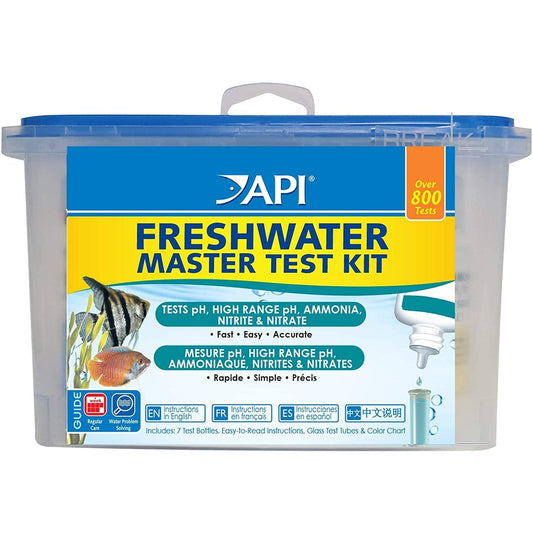
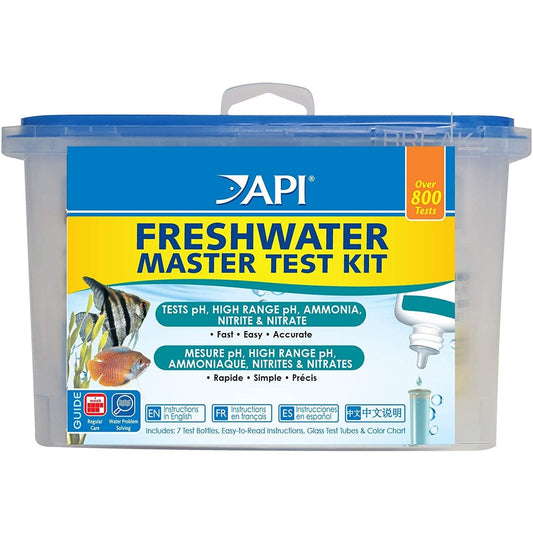
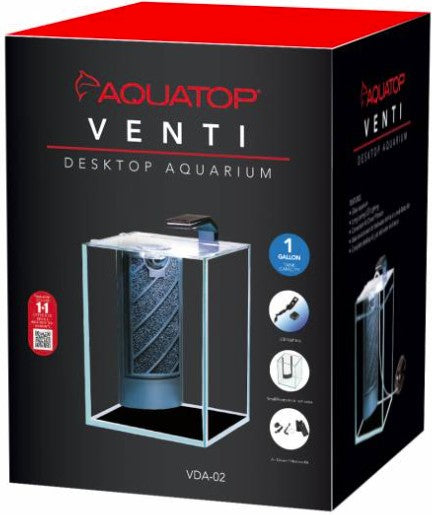



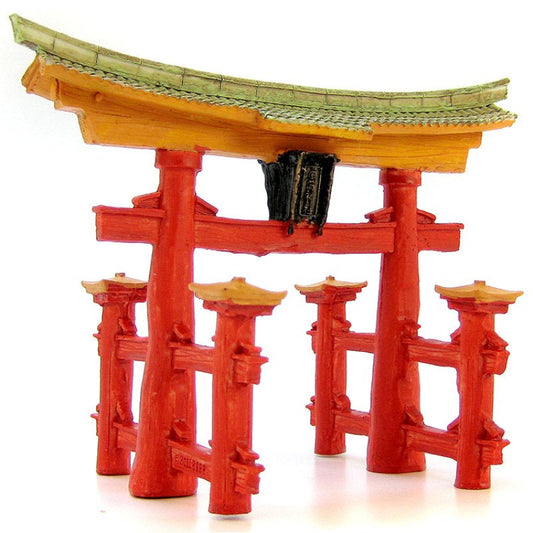

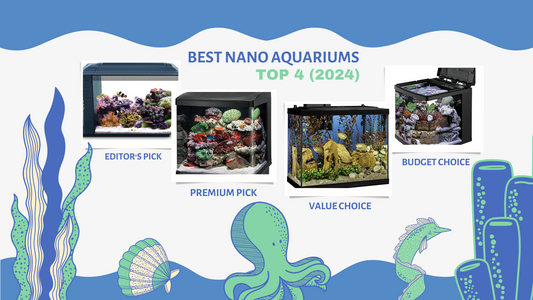
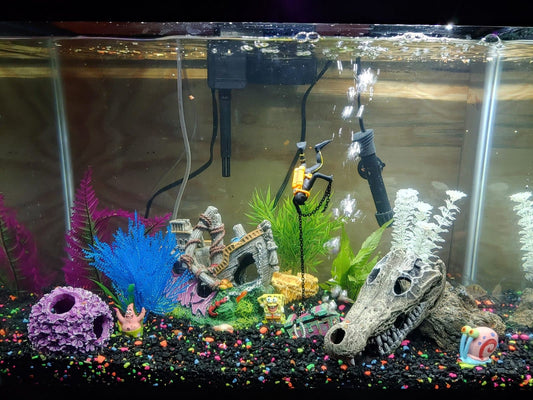



comments